Project Description
JSL tries to keep everything in plain english, but being involved in subdivisions and planning for so long means it’s hard not to use jargon when we’re refering to your job.
For your reference, here’s common jargon you may find included in Council consents and our correspondence.
The division of land held within a Certificate of Title. There are various forms of subdivision and these are described below. A subdivision is covered by the Resource Management Act and normally requires the consent of the local Council.
An accurate survey of land to create a subdivision. The survey places new boundary pegs and includes preparing survey plans (see below). The Land Transfer Survey is governed by a strict set of rules and regulations and must be completed by a Licensed Cadastral Surveyor.
An accurate survey of a property to determine the position of structures, site features and services. The survey will often include obtaining ground levels and showing contours of the land. This is often the first plan that is prepared and gathers all the base data for the property. Having accurate base information limits the potential for problems later on.
An accurate survey to find your existing boundary pegs, or place new boundary pegs on an existing boundary line. If you are building a new fence, retaining wall or structure close to or on a boundary line a redefinition survey will give you confidence you are building in the right place.
This is a certificate under Section 223 of the Resource Management Act. The certificate is shown on the survey plan, which is signed by the District Council. The certificate confirms the survey plan agrees with the plan lodged with Council as part of the original Resource Consent and shows that Council has approved the subdivision.
This is a certificate under Section 224 of the Resource Management Act. The certificate states that all of the conditions of the subdivision (Resource) consent have been completed. The certificate is signed by the District Council and a new Certificate of Title cannot be issued until this certificate is signed.
A contribution to the District Council of either land or money, which is used for providing or upgrading public services such as roads, reserves, wastewater, stormwater and water. The amount of the contribution varies between councils.
A legal right for the owners of one property to carry out some form of activity over another property (e.g. a water easement allows water to be conveyed to one property over another property). The easement area is shown on the survey plan and an easement document is prepared by your solicitor and recorded on the new certificate of title.
A defined area of land within a property that has legal restrictions placed upon it for the owners. This could be a height restriction over land or an area that limits building on a site.
A particular type of easement, which allows the owners of a property access over a portion of another property. A Right of Way can be for vehicles or could be for pedestrians only.
The District Council’s rules for all the activities that take place in its district. This includes subdivisions.
The plan depicting the accurate position of the legal boundaries on a property. It is usually made up of two sheets – one showing the surveyors information (survey plan) and one showing the legal information (title plan). These plans are lodged with Land Information New Zealand to obtain the new certificates of title for new lots.
The document that holds all the legal information on a particular parcel of land and confirms your ownership. The title shows the owners details, easements, mortgages, covenants land area and dimensions.
Some Certificates of Title are “Limited as to parcels” or “Limited as to Survey”. This usually means that the original boundary definition is not that acurate. A full survey of the land is generally required to confirm the boundaries of the land.
A survey to amend the position of a boundary line between properties and is classed as a subdivision. Generally the total number of lots stays the same but the position of the boundaries of the lots changes. This type of subdivision still has to go through the full subdivision process with Council.
